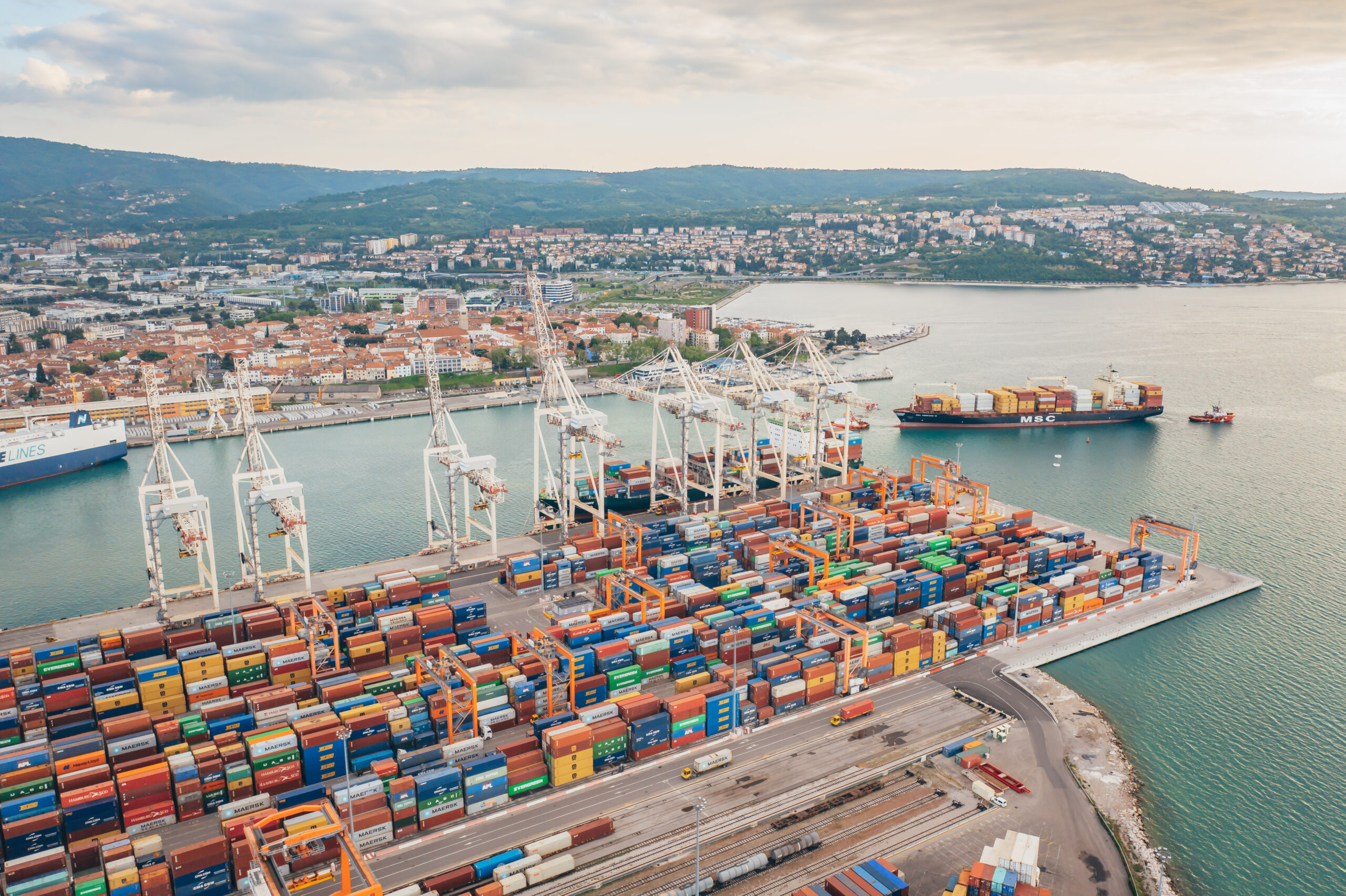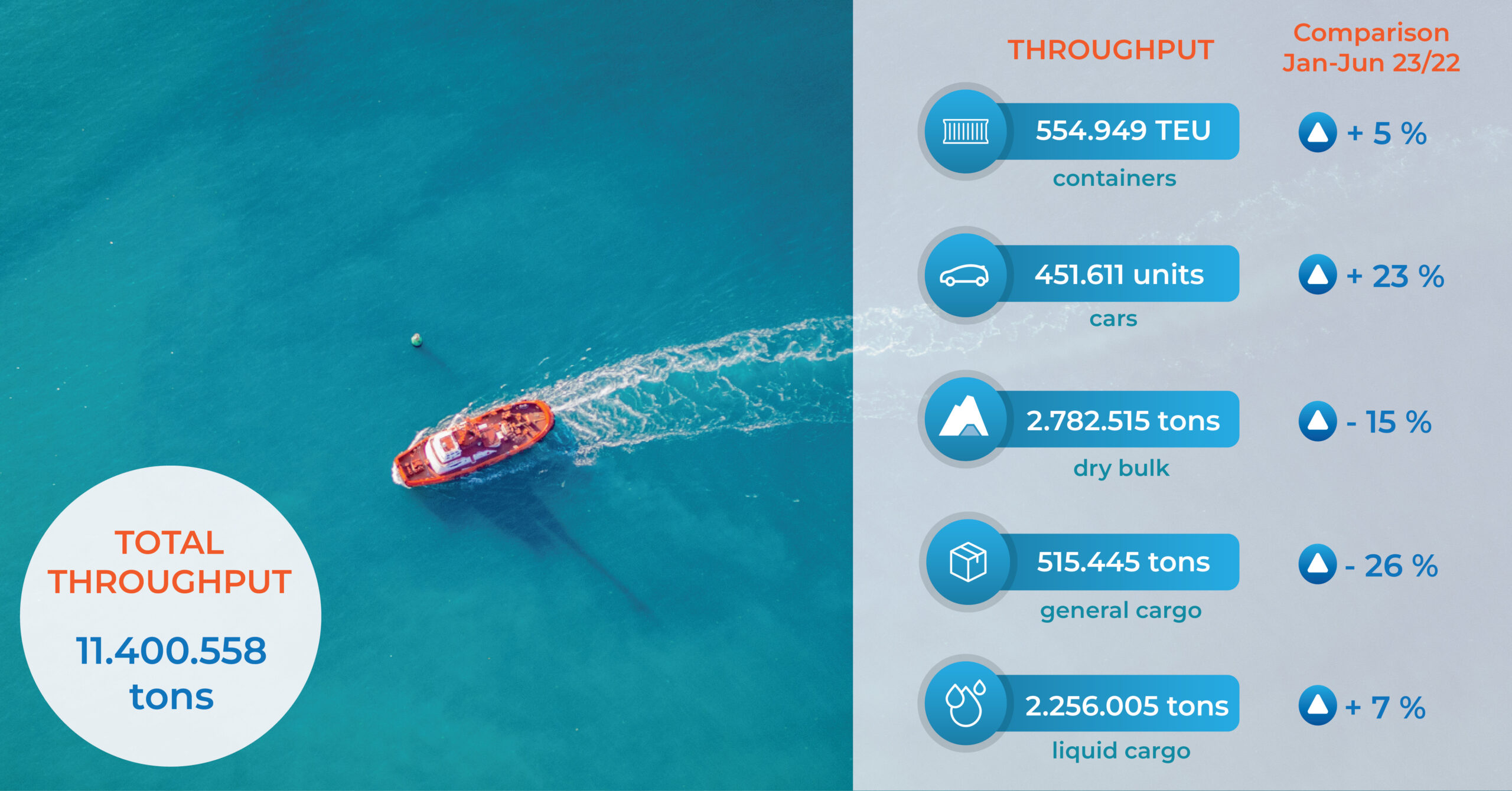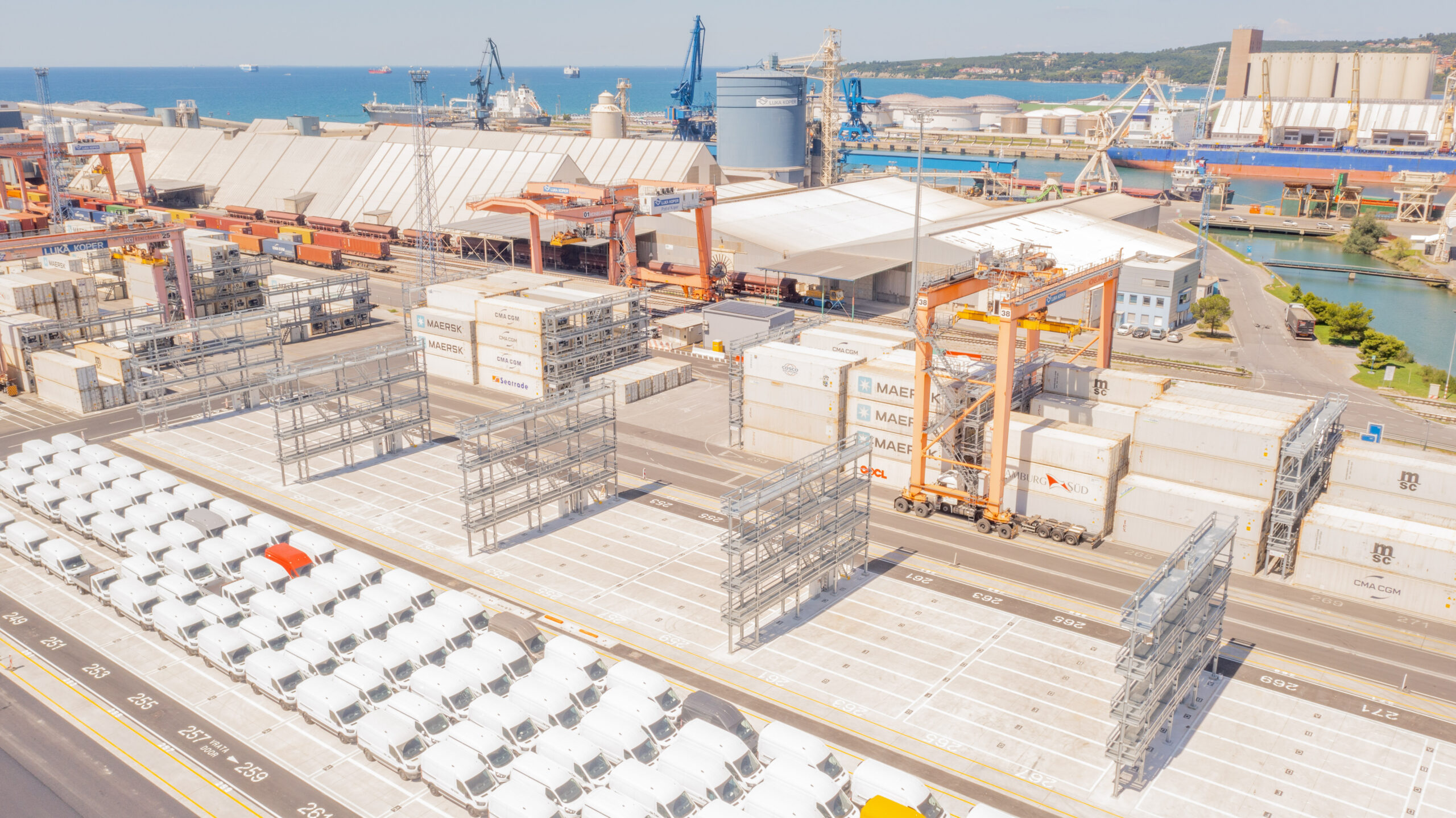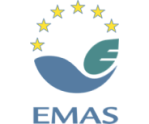At the Container Terminal, we exceeded the throughput volume registered in the same period last year by 5% with 554,949 TEUs, while at the Car Terminal we achieved a 23% growth with 451,611 vehicles handled. Net sales revenue amounted to EUR 158.9 million, up 2% or EUR 3.8 million compared to the first half of last year and 9% or EUR 13.3 million above the budget.
The increase in revenue was mainly due to higher volumes of container stuffing and stripping services and higher service prices, while storage revenue was 20% or EUR 8.5 million lower than last year due to the gradual easing of the global logistics situation and the resulting shorter dwell time of goods in warehouses. The expected lower storage revenue and the increase in costs due to inflationary pressures were also key factors affecting the EBIT, which amounted to EUR 37.6 million up to and including June, exceeding the planned amount by 87% or EUR 17.5 million. However, due to the aforementioned decrease in storage revenue and increased costs, it was 21% or EUR 10.2 million behind last year. On the expenditure side, we also recorded growth, with operating expenses for the first six months amounting to EUR 123.2 million, 3% or EUR 3.5 million below budget, but EUR 14.2 million higher than in the comparable period last year, due to higher material expenses and other costs. Net profit was EUR 32 million, 83% ahead of plan.
Container and automotive segments performed above expectations
“Despite more optimistic forecasts for economic growth in early 2023, the indicators do not point to a more visible recovery in economic activity. The same is true for the global logistics situation, which is still very complex. At the Container Terminal we are still facing irregular ship arrivals, both on direct connections to the Far East and on intra-Mediterranean routes, but we have managed to accelerate container shipments and reduce terminal occupancy in the first half of the year, which was reflected in a 5% growth in throughput. We also recorded a significant 23% growth in the automotive segment, both in exports to the Middle and Far East and in imports, where the share of electric vehicles from China is increasing significantly,” said Nevenka Kržan, President of the Management Board, summarising the half-year performance.
The growth of cargo throughput in strategic commodity segments at the Port of Koper is also one of the highest compared to the largest European ports. Namely, according to available data, the Port of Koper is the only Adriatic port and one of the few European ports that recorded growth in container throughput in the first six months of the year, and compared to key automotive terminals in Europe (Valencia, Antwerp-Bruges), we have also achieved one of the highest growth rates in cargo throughput in this segment.
In both key segments, we also achieved a monthly record in March this year, with 105,744 TEUs handled at the Container Terminal and 87,533 vehicles at the Car Terminal. Liquid cargoes also saw an increase, with a 7% growth compared to the same period last year, while dry bulk cargoes were down 15% on the back of soya beans, alumina, phosphates and coal. Fewer goods were handled in the general cargo group, mainly due to lower volumes of steel products and rubber, while timber exports were slightly higher. The trend towards containerisation of these commodities continues, reflected among other things in the growth of container stuffing services.
In 2023, major investments and projects continue to be implemented, representing a new development cycle for two of our most important strategic commodity groups. The construction of the new external truck terminal at Sermin, which is expected to be completed by the end of the year, and the relocation of the container stacks at the Container Terminal are underway. Some of the major projects of the Port of Koper are also being launched, including the construction of a new general cargo warehouse, the construction of Berth 12 at Pier 2 and activities for the construction of a new facility at the Passenger Terminal. Construction of a major photovoltaic power plant to be installed on the roofs of the general cargo warehouses will also start later this year. For this project, we have secured a EUR 1.2 million grant from the Norwegian EEA Financial Mechanism.
In the summer months, we handed over additional storage space, the so-called cassette 5A, with a capacity of 3,500 vehicles, and 315 berths for reefer containers at the Container Terminal, and concluded the purchase of 9 forklifts for the General Cargo Terminal and 8 yard trucks with trailers for the Container Terminal.






